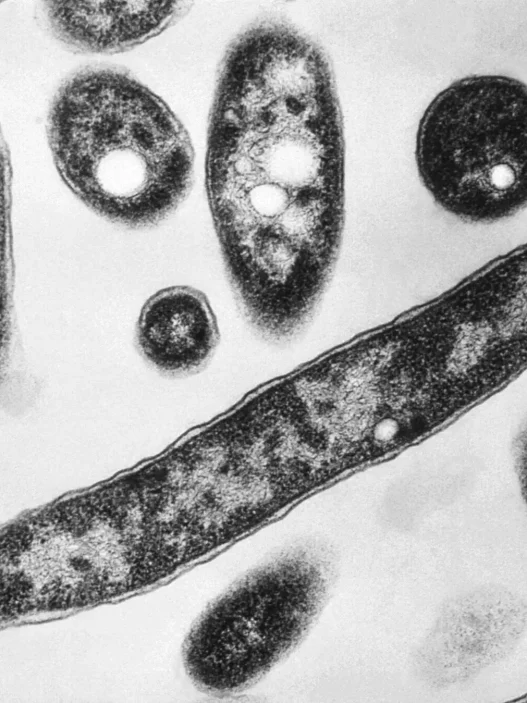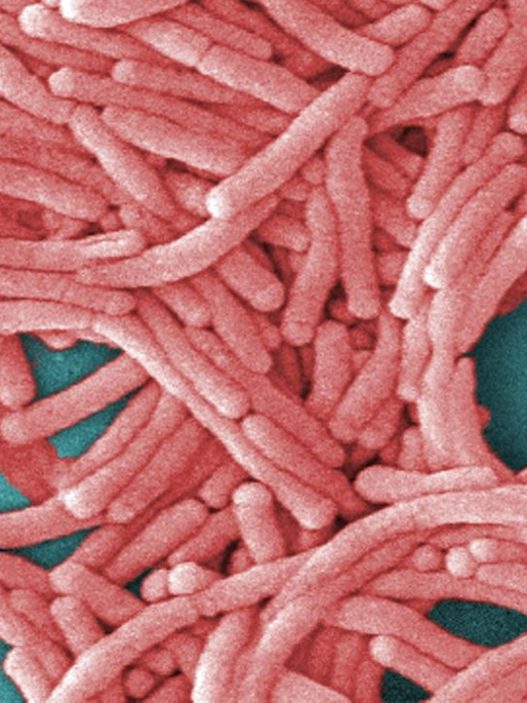A Maine resident in Hancock County has tested positive for Powassan virus after displaying neurological symptoms from a tick bite — the rare infection was confirmed this week by local health authorities. Despite sticking to the Northeast corridor, cases of this little-known illness are increasing, and the severity is jaw-dropping.
Powassan moves faster than Lyme — it can be transmitted within minutes of a bite, whereas Lyme typically needs 36–48 hours of tick attachment. Initial signs often mimic flu: fever, vomiting, headache, and weakness. But it can spiral into encephalitis or spinal cord inflammation, inviting seizures, confusion, paralysis, even death.
Each year the U.S. only records around seven to eight reported cases, mostly in the Northeast and Great Lakes states — but the trend is climbing. While 90–95% of people recover, fatal outcomes occur in about 10–15% of severe cases, and roughly half of survivors face permanent neurological damage.
Health experts are sounding the alarm: there’s no vaccine or specific antiviral therapy. Treatment is supportive — rest, IV fluids, seizure control, respiratory support. Prevention matters more than ever.
Experts warn that tick populations are surging, especially in years after major acorn harvests when rodents flourish, feeding more ticks that spread this deadly disease. Connecticut and surrounding areas now register as tick “Red Zone” alerts thanks to record ER visits and increasing Powassan awareness.
Public health guidance is clear:
- Use EPA-approved repellents with DEET or picaridin.
- Wear long-sleeved, light-colored clothing with pants tucked into socks.
- Inspect your body meticulously after spending time outdoors — ticks spread disease fast.
- Keep lawns trimmed and create barriers like gravel or wood chips to deter ticks.
The Maine case is a stark reminder that tick season isn’t just a Lyme concern. A stealthy bite can trigger a neurological emergency — and because the virus strikes so fast, awareness is truly lifesaving.





















